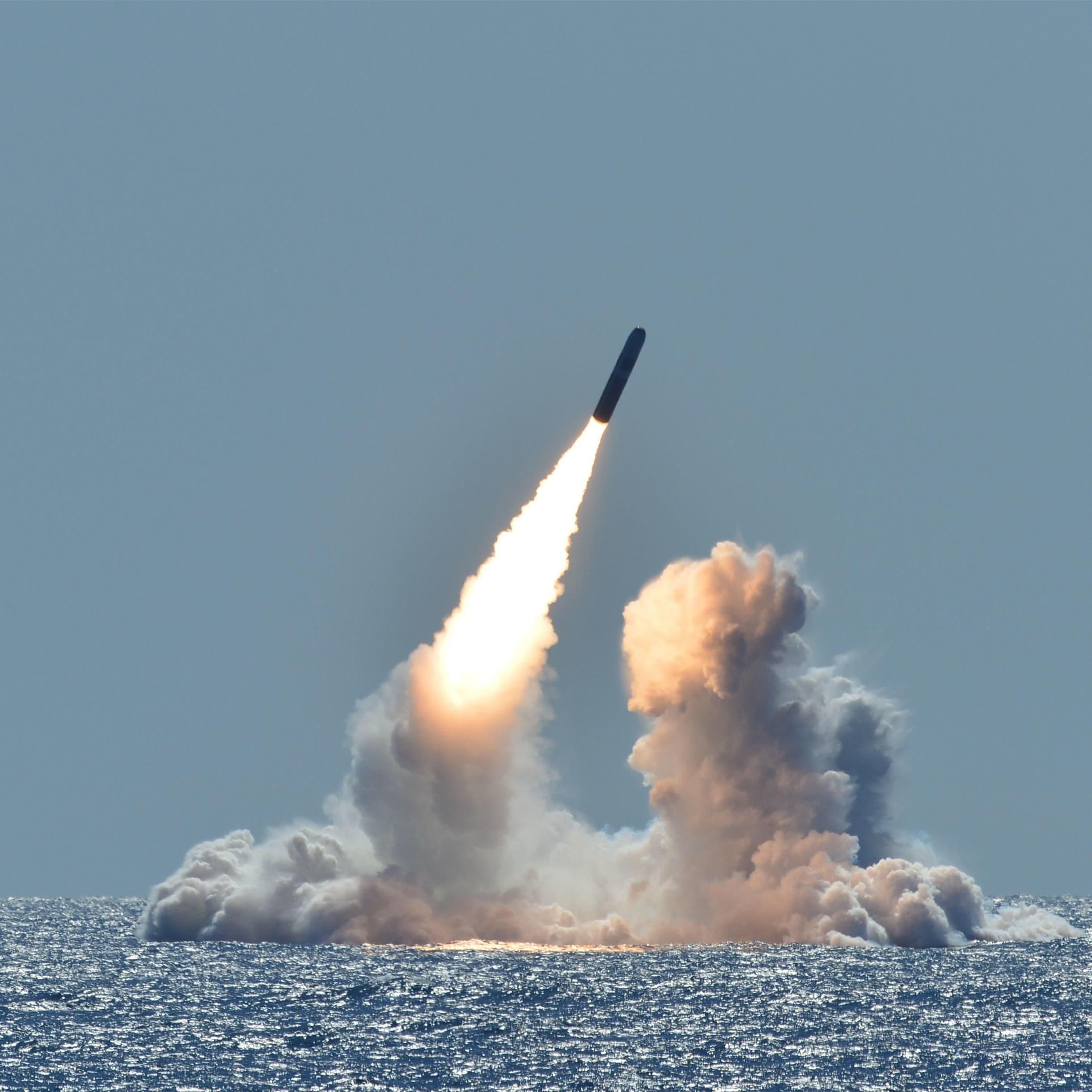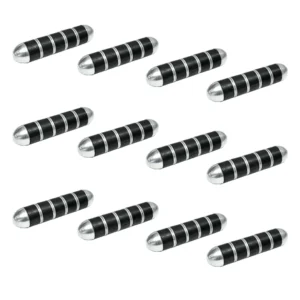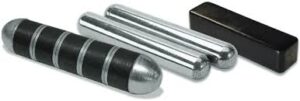What is Cow Magnet?
A cow magnet is a specially designed magnet used in veterinary medicine to prevent a condition known as hardware disease in cattle. Cows sometimes accidentally ingest metal objects like nails, staples, or pieces of wire while grazing. These sharp objects can lodge in the reticulum (the second chamber of a cow’s stomach), causing irritation, infection, or even punctures, which can be life-threatening.
To prevent this, farmers and veterinarians often give cows a cow magnet. Once swallowed, the magnet settles in the reticulum and attracts any ingested metal objects, preventing them from moving around and causing further harm. This simple but effective solution helps to keep the cow healthy and reduces the need for surgical intervention.

Types of Cow magnets
There are a few types of cow magnets, each designed to serve the same purpose but with different materials or shapes to optimize performance. The main types include:
1. Alnico Cow Magnet
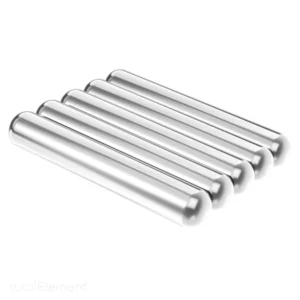
Material: Made from an alloy of aluminum, nickel, and cobalt.
Features: Strong, durable, and highly resistant to corrosion.
Shape: Often cylindrical or bar-shaped with smooth ends.
Usage: Traditional and widely used type due to its strength and longevity.
2. Ceramic Cow Magnet
Material: Made from a ceramic ferrite material.
Features: Lighter and more cost-effective compared to Alnico magnets, but not as strong.
Shape: Can also come in cylindrical or bar shapes.
Usage: A budget-friendly option for farmers.
3. Neodymium (Rare Earth) Cow Magnet
Material: Made from neodymium, which is a rare-earth metal.
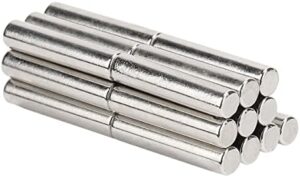
Features: Extremely powerful magnets, much stronger than Alnico or ceramic ones.
Shape: Often cylindrical.
Usage: Less commonly used due to higher costs but very effective.
4. Stacked or Ring Cow Magnet
Material: Can be made from either Alnico, ceramic, or neodymium.
Features: Composed of multiple magnetic rings stacked together.
Shape: Ring-shaped.
Usage: Allows greater surface area for metal debris to cling to.
All types aim to prevent hardware disease, but farmers choose the magnet based on cost, strength, and durability preferences.
How to use cow magnet?
Using a cow magnet is a straightforward process that involves orally administering the magnet to the cow. Here’s how it is typically done:
Steps to Use a Cow Magnet:
1. Preparation:
- Ensure that the cow is properly restrained, either in a squeeze chute or using a halter, to keep it calm and still.
- Make sure the magnet is clean and free from any debris.

2. Using a Balling Gun:
- A balling gun is a long metal or plastic tool used to administer pills, boluses, or magnets to livestock.
- Insert the cow magnet into the balling gun.
3. Administering the Magnet:
- Stand to the side of the cow’s head to avoid being kicked or headbutted.
- Open the cow’s mouth and place the balling gun carefully towards the back of the throat (esophagus).
- Release the magnet by pressing the trigger of the balling gun.
4. Post-Administration:
- The cow will naturally swallow the magnet, and it will settle in the reticulum (the second stomach chamber).
- Once in place, the magnet will attract and collect any metal objects that the cattle might have ingested.
After Use:
- Remains in the cattle for the rest of its life and continues to collect any metal fragments, reducing the risk of hardware disease.
- No further action is needed after administration, although some farmers may check to see if the magnet is working properly over time.
This simple procedure is both preventive and cost-effective, protecting the cow from potential complications caused by metal ingestion.
Contact
- Our cow magnets are very popular selling and are available in various types. For more details, please click: https://pickups.hsmagnet.com/product-category/cow-magnet/
- You can also email us directly at info@hsmagnet.com.
